What Makes a Mexican Celebration Traditional?
Traditional Mexican celebrations are lively events, shaped by a long history that mixes indigenous roots, Spanish influences, and modern ways. These events are more than regular holidays; they show the country’s strong identity and sense of togetherness. Mexican fiestas range from noisy street parties filled with music, dancing, and fireworks to quiet, religious ceremonies. They are colorful, emotional, and meaningful, representing both joy and deeper feelings connected to Mexican traditions.
At the heart of these celebrations is the gathering of families and friends. Traditional foods are shared, stories are told, and the connection to heritage is passed on. Whether remembering historical events, honoring saints, or celebrating key life events, each occasion adds to Mexico’s cultural diversity.

Influences from Indigenous Roots, Spain, and Modern Times
Mexican celebrations are the result of many influences. Before the Spanish came, civilizations like the Aztecs and Mayans celebrated with festivals linked to the seasons, nature, and their gods. These original customs centered on the cycles of life and a strong respect for nature.
After the Spanish arrived, Catholic traditions were introduced. Over time, Christianity and indigenous practices combined, creating new customs. For example, the Virgin of Guadalupe blends local traditions with Catholic figures and has become a powerful symbol of Mexican identity. Today, modern life, media, and changing social habits have added new touches, but the old traditions still remain at the center.
Why Are Celebrations So Important in Mexican Life?
For Mexicans, celebrations are not just fun-they are part of who they are. These traditions help keep history alive, teach cultural values, and bring people together. Through music, food, and group activities, people remember their past and share important lessons with younger generations. Celebrations bring families and communities closer and create a sense of belonging.
These events are also outlets for creativity, with special costumes, detailed decorations, and food. They give people time to reflect on their faith and honor those who have gone before them. More than anything, Mexican celebrations show the country’s love for joy, history, and relationships.
Common Types of Traditional Mexican Celebrations
Religious and Spiritual Festivities
Many traditional Mexican celebrations are rooted in religion, especially Catholicism, mixed with ancient indigenous beliefs. These include major Christian holidays such as Carnaval, Easter (Semana Santa and Pascua), and Christmas (Las Posadas). Almost every town has its own festival to honor its patron saint, with events like processions, prayers, and local gatherings. A prime example is the celebration of the Virgin of Guadalupe on December 12th, which brings people from all over Mexico to her basilica in Mexico City.
People get involved in processions, church services, and honoring religious figures, but also enjoy music, dance, and feasts as part of the same event. Preparations can start weeks ahead, with families joining in decorating, cooking, and rehearsing for the festivities.
National Holidays and Civic Days
National and civic holidays help shape Mexican identity by celebrating key moments in history. For example, Mexico’s Independence Day, on September 16th, is one of the biggest celebrations. On the night before, the President reenacts the famous “Grito de Dolores,” which originally called people to fight for freedom from Spain in 1810. Parades, fireworks, and chanting “Viva México!” fill streets all over the country.

Other important days include Constitution Day (first Monday of February) and Revolution Day (November 20th). There are also special days for national heroes, like September 13th’s Anniversary of the Boy Heroes, and Benito Juarez’s Birthday (third Monday in March). These days help Mexicans honor their past and come together as a nation.
Family Celebrations and Life Milestones
Family is very important in Mexican culture, so key life events are celebrated in big ways. Baptisms and first communions are marked with family gatherings and meals. Weddings are usually major events, lasting for days and bringing families together with music, food, and dancing.
The Quinceañera, or fifteenth birthday, is a major celebration for girls, showing their move from childhood to adulthood. This day often starts with a church service and continues with a big party, dancing, and special foods. Other family days, like Children’s Day (April 30th) and Mother’s/Father’s Day in May and June, are part of the tradition of caring for family.
Regional and Local Festivals
Besides national and religious holidays, each area in Mexico has its own special celebrations that reflect local history, crops, or native traditions. For example, the Guelaguetza festival in Oaxaca, held in July, highlights the region’s diverse cultures through dance, food, and clothing. Carnivals just before Lent also vary by city, with Veracruz and Mazatlán hosting some of the largest parties, while smaller towns may celebrate with old-style customs. A unique event is Oaxaca’s Night of the Radishes on December 23rd, where radishes are carved into detailed artworks-showing local creativity and tradition.
Yearly Calendar of Major Mexican Celebrations
| Month | Main Celebrations | Description |
|---|---|---|
| January | New Year’s Day, Epiphany (Día de los Reyes Magos) | Families gather, eat 12 grapes for luck, and exchange gifts from the Three Kings. Rosca de reyes bread is shared. |
| February | Candlemas, Constitution Day | Candlemas features blessings and tamales. Constitution Day is a civic holiday with family time and national pride. |
| March-April | Semana Santa (Holy Week), Easter | Processions, religious ceremonies, and family travels. Special foods like capirotada are eaten. |
| May | Cinco de Mayo, Mother’s Day | Cinco de Mayo honors the victory at Puebla, big in Puebla itself. Mother’s Day involves family meals and gifts. |
| September | Independence Day | Huge parties, parades, fireworks, and traditional meals. |
| October | Día de la Raza | Marks the mix of indigenous and European cultures. |
| November | Day of the Dead, Revolution Day | Altars, cemetery visits, and parades honor the dead; Revolution Day features parades and civic events. |
| December | Virgin of Guadalupe, Las Posadas, Christmas, New Year’s Eve | Processions, church services, piñatas, family feasts, and fireworks. |
Famous Mexican Festivals and Their Traditions
Day of the Dead: Meanings, Rituals, Foods
Día de Muertos takes place on November 1st and 2nd. Unlike a sad funeral, it’s a joyful event celebrating life and remembering those who have passed away. Marigolds and monarch butterflies are key symbols, thought to help guide souls back home. Families build ofrendas (altars) with photos, candles, candles, and favorite foods of lost loved ones. They visit and decorate graves, staying at cemeteries to share memories, eat, and enjoy music. Tamales, mole, and pan de muerto (bread of the dead) are commonly eaten.

Semana Santa: Parades and Community Gatherings
Holy Week showcases both faith and community. Cities hold parades where statues of Jesus and Mary are carried through the streets, sometimes in complete silence or with music. In certain cities, large-scale reenactments of Jesus’s last days are performed, mixing deep belief with tradition. Family and friends also gather to share meals, rest, or travel during this time.
Las Posadas: Story and Customs
Las Posadas is celebrated from December 16th to 24th, reenacting Mary and Joseph’s search for lodging before Jesus was born. Every night, processions move from house to house, singing and acting out the story until they’re welcomed in. Then, a party begins, often with piñatas and traditional foods. The festivities bring neighbors and families together and prepare everyone for Christmas.
Guelaguetza: Oaxacan Culture and Dances
The Guelaguetza in Oaxaca is held on the last two Mondays in July. It brings together communities from Oaxaca’s regions, each performing traditional dances and sharing their customs. Dancers wear colorful costumes and toss gifts to the crowd. Along with the main show, there are parades, street food, and music throughout the city, all celebrating the richness of indigenous heritage.
Carnival: Celebrations by Region
Carnival, before Lent, is held all over Mexico, but each place has its own way. Veracruz is known for burning a giant figure to get rid of bad vibes before parades and concerts begin. Mazatlán’s carnival focuses more on food, music, and impressive parade floats, ending with fireworks. Some towns, like Huejotzingo in Puebla, include theatrical battle reenactments. Each area’s traditions show Mexico’s variety and love for celebration.
Important Life Events and Family Traditions
Quinceañera: The 15th Birthday Celebration
A Quinceañera is a special event for a girl’s 15th birthday, marking her move into adulthood. It starts with a mass where the girl, usually in a fancy gown, receives blessings. This is followed by a big party where the father may change her shoes from flats to high heels, showing her new maturity. Dances with family and friends are highlights of the celebration, which is about family, support, and tradition.
Baptism, First Communion, and Weddings
Baptisms, first communions, and weddings are major milestones and are celebrated with family, food, and religious ceremonies. Baptism welcomes a child into the Christian community, with godparents playing a big role. First communion usually happens around age 7 or 8, marked by a special church service and family party. Weddings are often large, with rituals such as the giving of coins and the use of a lasso to join the couple, followed by joyful gatherings with music and dance.
Día del Niño and Father’s/Mother’s Day
Children’s Day (April 30th) is all about making children feel special, with gifts and fun activities in schools and at home. Mother’s Day (May 10th) and Father’s Day (third Sunday of June) recognize and thank parents. Mother’s Day is especially celebrated, with gifts, flowers, and family meals. Father’s Day also brings families together for a meal and quality time.
Food, Music, and Customs in Mexican Celebrations
Traditional Foods for Celebrations
Food is a centerpiece at all Mexican events. For Day of the Dead, families cook the favorite meals of their departed relatives and make pan de muerto and sugar skulls. Tamales and atole are eaten at different times of year, often during holidays. Christmas Eve (Nochebuena) brings special dishes like bacalao and romeritos. For Independence Day, people enjoy chiles en nogada, pozole, and menudo, showing off the country’s rich flavors and regional differences.

Role of Music and Dance
- Mariachi: Lively bands with trumpets, violins, and guitars, present at many celebrations.
- Folk Dances: Each state has its own style. The Jarabe Tapatío (Mexican hat dance) is known countrywide.
- Religious Music: Played during processions and ceremonies for a more serious atmosphere.
Music and dance are vital for bringing people together and keeping traditions alive.
Symbols: Piñatas, Papel Picado, Altars
- Piñatas: Brightly colored, filled with treats, and broken with a stick during parties, they symbolize overcoming problems to get rewards.
- Papel Picado: Thin, cut-paper decorations in many colors, hung during almost every festival.
- Altars (Ofrendas): Built most often for Day of the Dead, decorated with marigolds, candles, photos, and food to welcome spirits home.
These symbols add color, style, and meaning to Mexican celebrations.
Why Traditional Mexican Celebrations Still Matter
Building Community and National Pride
Today, keeping Mexican festivals strong helps people feel connected-both to their local areas and their country as a whole. By preparing for and joining in these events, people strengthen their bonds, share values, and remember what unites them. Events like Independence Day remind everyone of their shared story, while allowing for local traditions too.
Passing on Culture
These celebrations teach kids about their background and give families a chance to share beliefs, stories, and skills. Hands-on activities, like building an altar or learning a dance, help keep traditions alive for the next generation. This way, culture is not only taught but experienced together.
Helping Tourism and Local Economies
Festivals bring tourists who want to see real Mexican traditions. Events like Day of the Dead in Oaxaca and the Guelaguetza attract both Mexicans and visitors from abroad. This helps local businesses, artists, and food vendors make a living. The extra attention also encourages communities to keep these traditions going.
FAQs: Traditional Mexican Celebrations
How Are Public Holidays Different From Religious Celebrations?
Public holidays are set by the government to remember important dates in Mexico’s history, like Independence Day and Constitution Day. On these days, businesses and schools are often closed, and the focus is on civic pride. Religious celebrations, like Semana Santa or the Day of the Virgin of Guadalupe, come from Catholic faith and focus on spiritual meaning, often with religious services and processions. While people may get time off for both, each has its own reason and style.
What Festivals Are Unique to Certain Regions?
- Guelaguetza (Oaxaca): A July festival of indigenous dances and music unique to Oaxaca.
- Noche de Rábanos (Oaxaca): On December 23rd, locals carve radishes into figures.
- Carnival: Different cities have their own special traditions and ways of celebrating.
Can Visitors Join in Mexican Festivals?
Yes! Visitors are usually welcome, and locals enjoy sharing their customs. You can join in processions, crafts workshops, parades, and street parties. Just be polite, ask before taking photos during religious events, and enjoy learning by participating. It’s a great way to feel the warmth and spirit of Mexican culture.





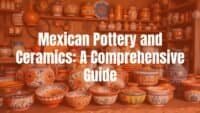

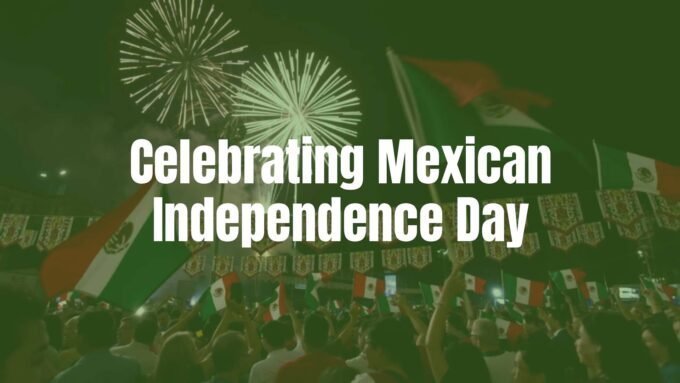
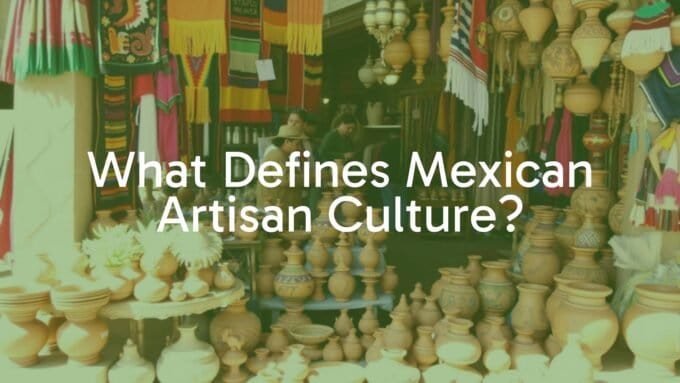
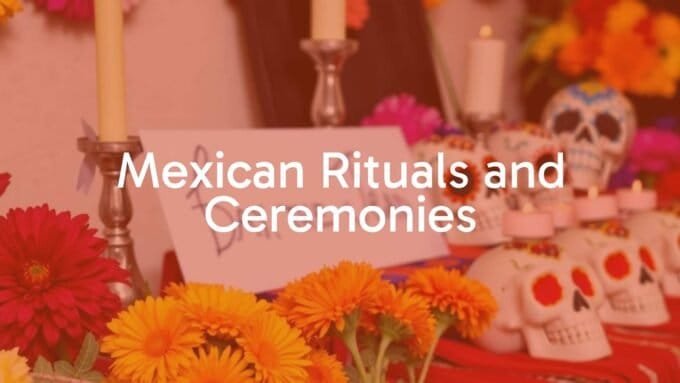
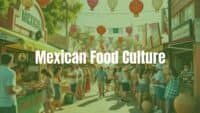
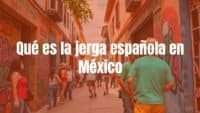
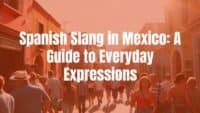
Leave a comment